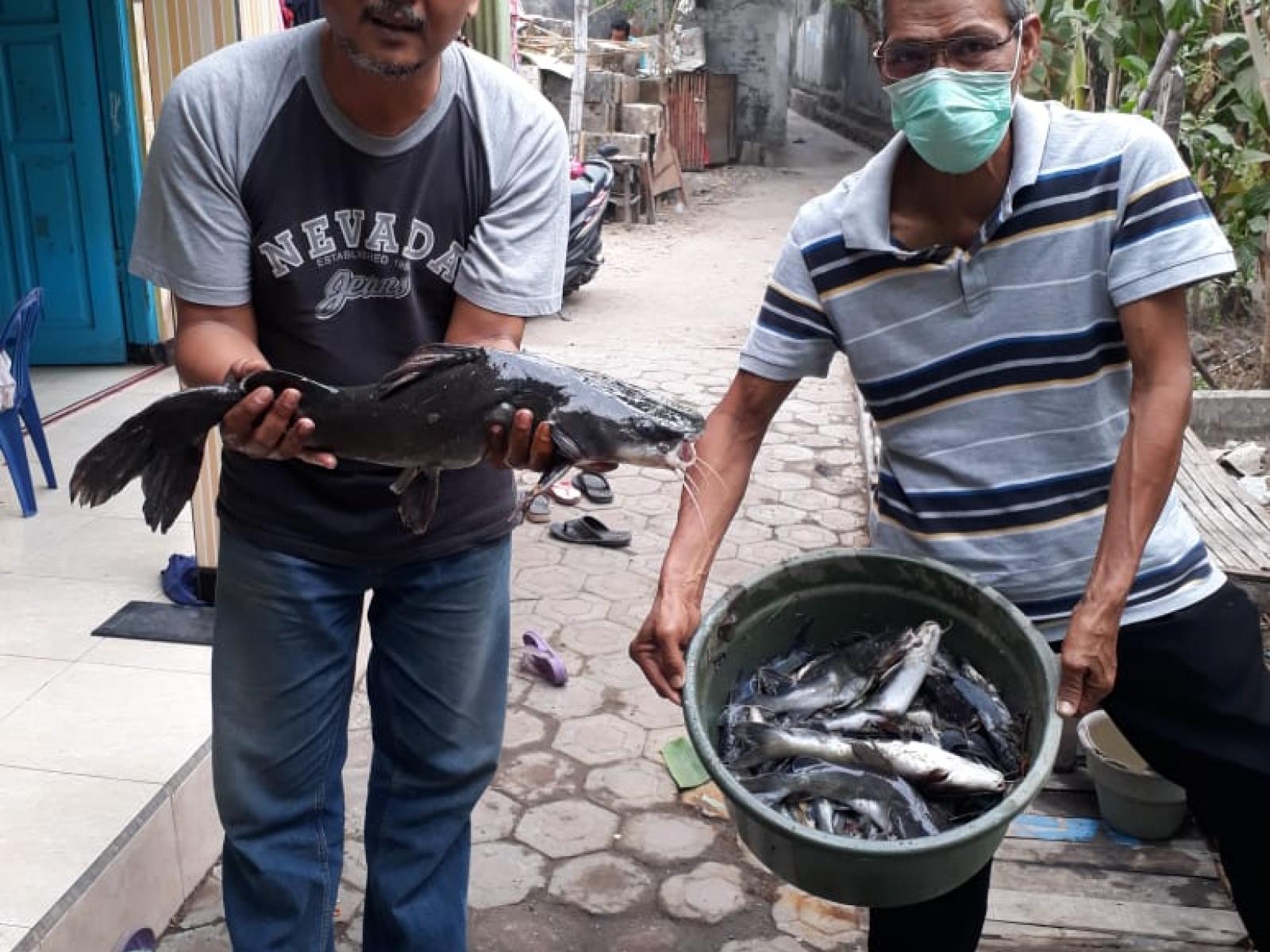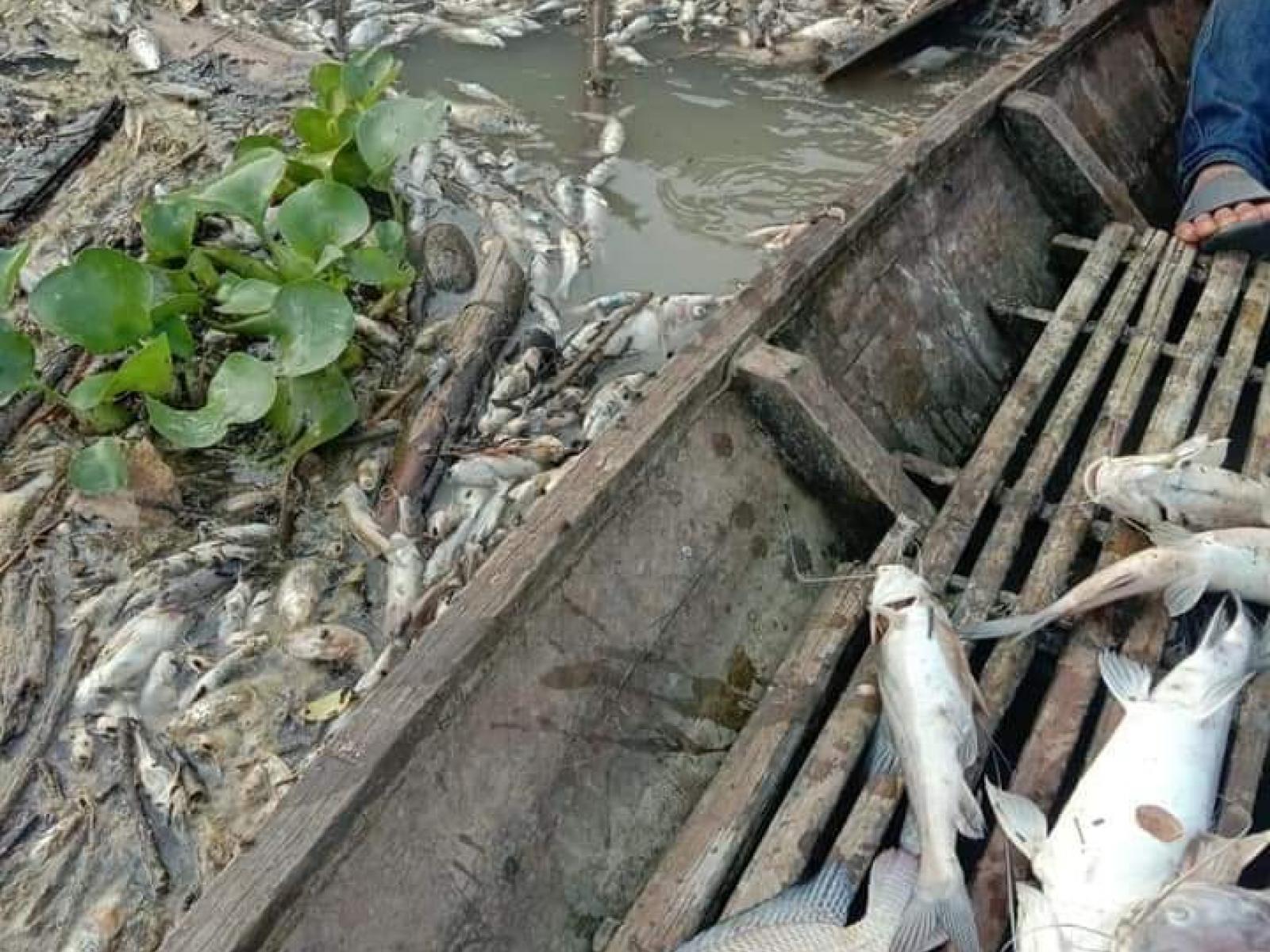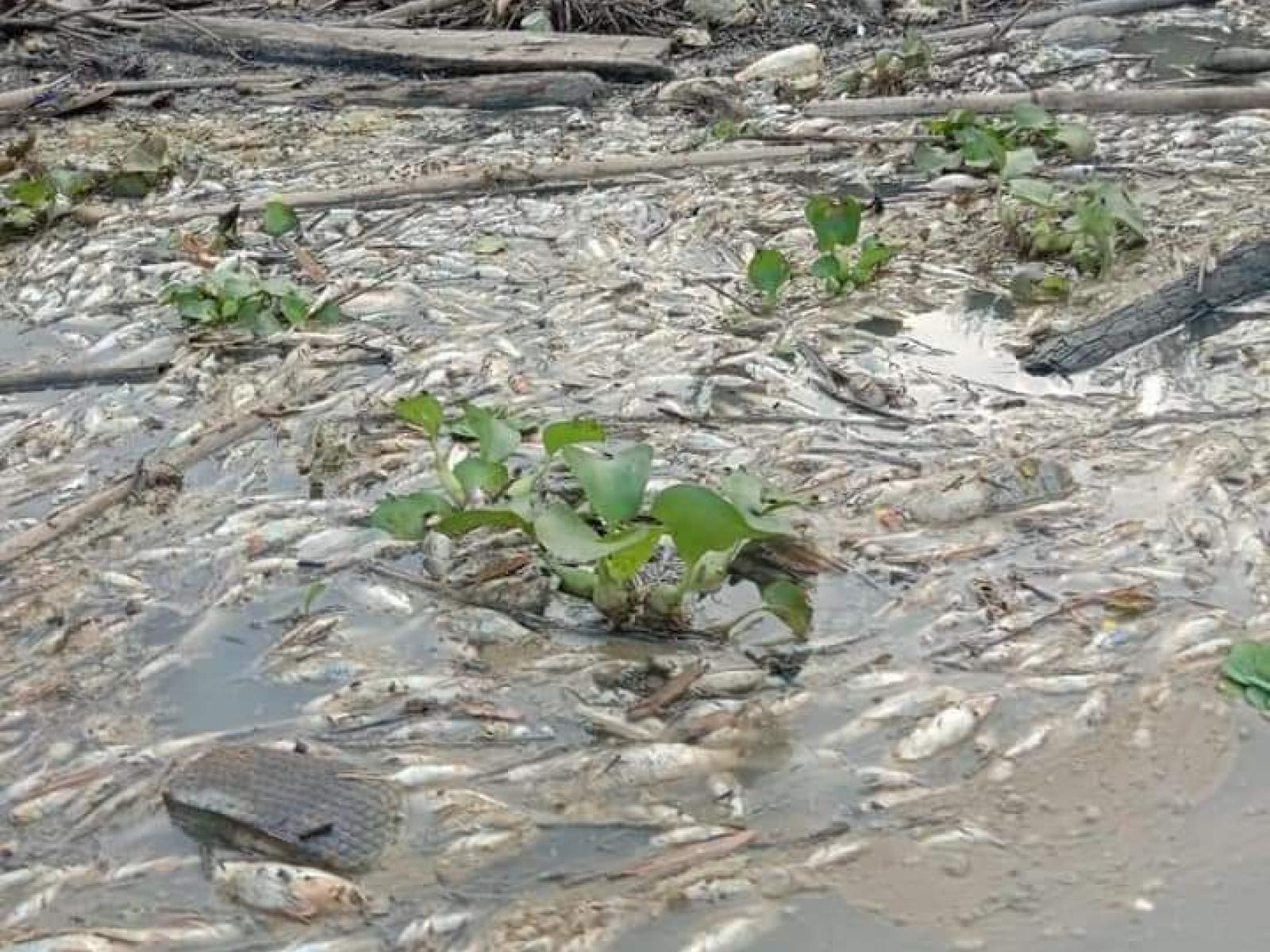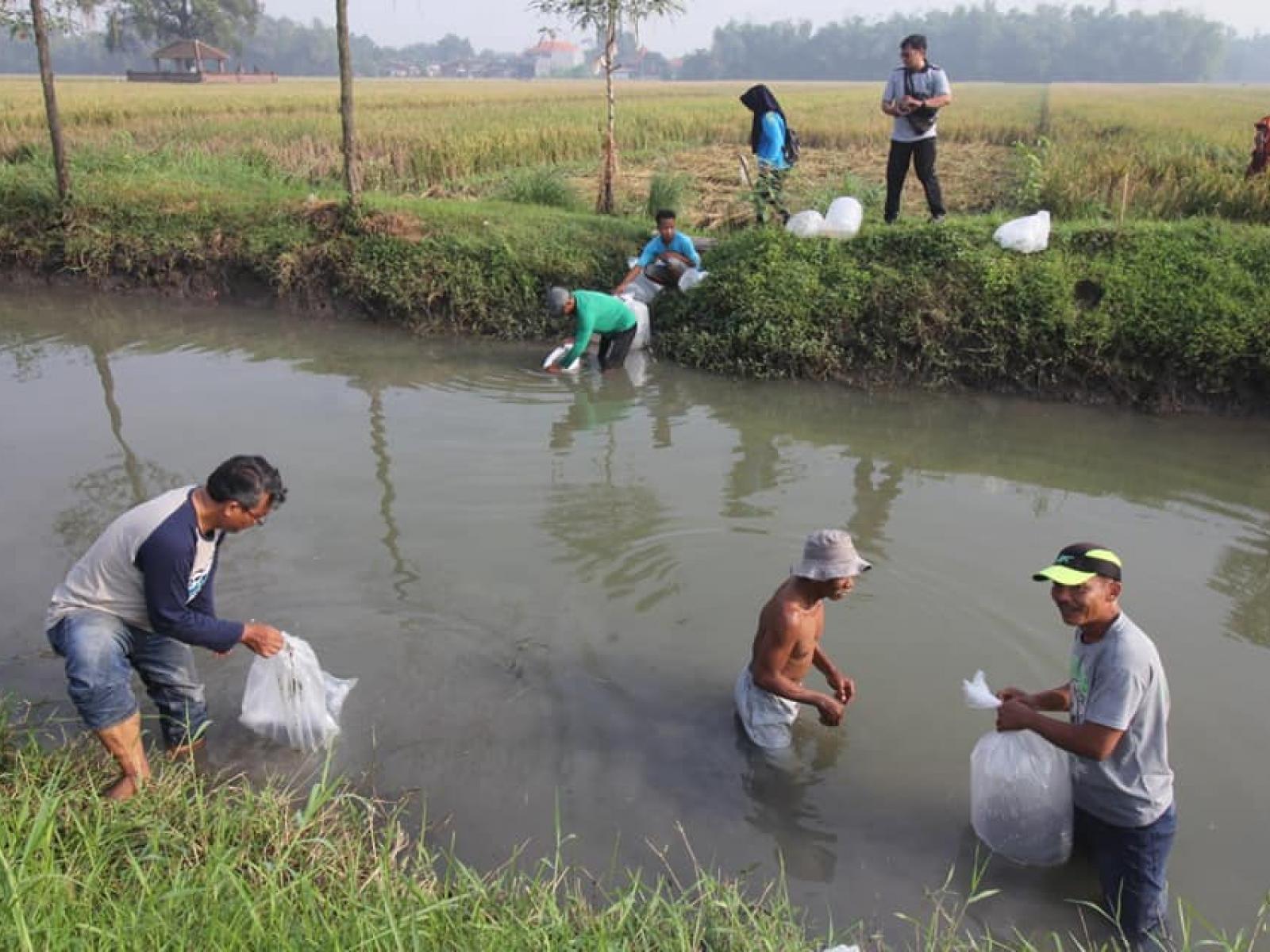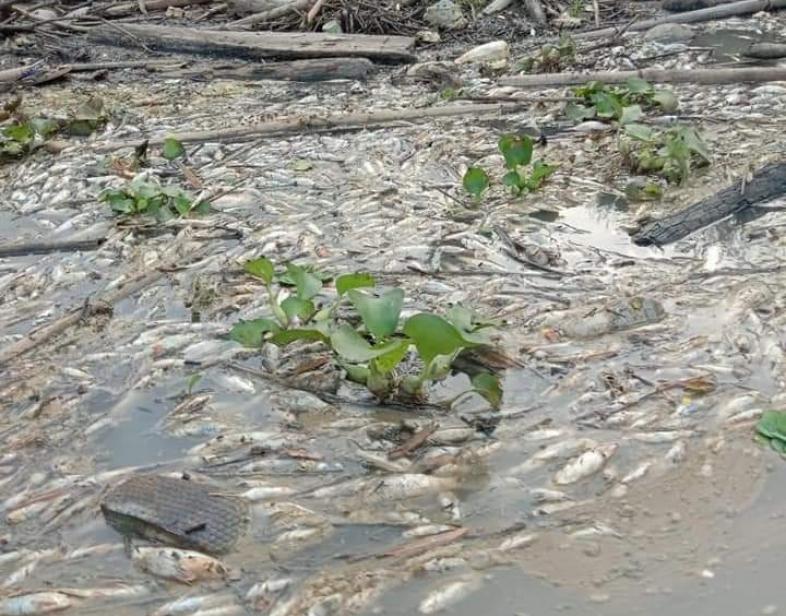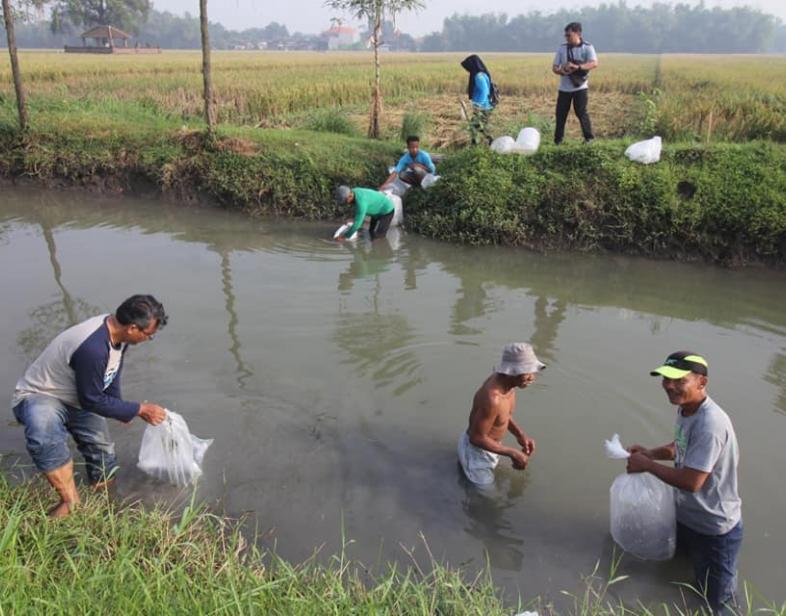An Overview Of Our Solution
Surabaya River is a branch of Brantas River. Surabaya River receives 75 tons of waste water daily, while the river’s maximum carrying capacity is calculated at 30 tons a day. It could cause decreasing of water oxygen levels made suffering of river ecosystem, especially fish in the river. The occurrence of mass dead fish in Surabaya River often occurs when it enters the dry season.
This action to be provide rehabilitation station for saving native fish of Surabaya River. And serve as a unique community learning center and on-going education programs and campaigns to changing behavior and participation community at sustainable river management.
- Population Impacted: direct impact for 10 communities Surabaya River, indirect impact is for 6 billions people from 4 city (Surabaya, Gresik, Sidoarjo and Mojokerto)
- Continent: Asia
First name
Last name
Organization type
Context Analysis
Overloaded of river’s maximum carrying capacity could made suffering of river ecosystem, especially fish in the river. This condition could cause decreasing of water oxygen levels and it could cause the death of fish in Surabaya River.
Although Surabaya River had fish reserve area that define by East Java Governor Decree. But this fish reserve area still faces many challenges. Especially the bureaucratic problem, limited staff and budget at government to increasing Surabaya River water quality and today Indonesian do not yet have Standard Operating Procedures related to mass dead fish accident at river and another threat fish biodiversity at Indonesian river is fragmentation river by dam (dike) that all Indonesian river haven’t fish ways.
Describe the technical solution you wanted the target audience to adopt
10 communities near Surabaya River could help process for translocating fish: translocation of fish is a valuable tool to protect and recover threatened species, ensure sufficient fish numbers remain in rehabilitation station to enhance recovery or remove endangered and native species from locations where they can no longer survive until river water quality suitable for them.
to push Government River Authorities (BBWS Brantas, Perum Jasa Tirta, Department of Ocean and Fishery, and Environmental Protection Agency) on preparing Standard Operation Procedure of Mass Dead Fish Accident at Surabaya River. Opening public access to information and participation are a crucial step to involve community in any conservation activities and make the effort sustainable river management.
Describe your behavioral intervention.
River destruction activities by the community are caused by lack of knowledge and awareness of local community to the river condition. 75 tons of waste water daily load in Surabaya River comes from domestic and 63% industries activities. The community participation in river conservation is still low and we need to encourage community participation and make people understand that the healthy river will have high benefit and profit for their livelihood.
The project will divided into two phases, Phase one establish Native Fish Rehabilitation Station, this station is aim to saving native fish of Surabaya River before meet dead. Because the occurrence of mass dead fish is usually preceded by the emergence of fish to surface of the river to take oxygen directly from the air. Phase two, River for Sustainable Livelihood, as unique learning center with local community to mitigate and respond to mass dead fish accident across Surabaya River, including in the preparatory, prevention, response and recovery phases.
Behavioral Levers Utilized
As needed, please explain how you utilized the lever(s) in more detail.
The key actions are fish rehabilitation station, aim to saving fish before meet dead. And Citizen Science Monitoring Program, to learn how to maintain mutual symbiosis between social and ecological in order to increase knowledge on understanding the resilience concept, to compile data on river degradation level and impact on declining of fish species diversity and to and to monitor habitat improvement.
Describe your implementation
Phase One, Native Fish Rehabilitation Station; to establish a rehabilitation station for native fish, aim to saving native fish before meet dead, collected this fish and treated it until they regain health and can survive independently when the fish release in the river.
Phase Two, Citizen Science Monitoring Program; to provide training and experience for 10 communities to mitigate and respond of mass dead fish accident across river, including in the preparatory, prevention, response and recovery phases.
Objective 3) as unique learning center with 10 local community offer opportunities to reduce hunger and improve nutrition, alleviate poverty, generate economic growth and ensure better use of natural resources near river area.
Objective 4) campaign with community, to push Government River Authorities on preparing Standard Operation Procedure of mass dead fish accident. Opening public access participation are a crucial step to involve community in any conservation activities and make the effort sustainable river management.
Describe the leadership for your solution. Who is leading the implementation?
At first time INPIRASI and the Emergency Dead Fish Respond Team will lead this solution. After become success story, the 10 communities will lead and become lesson learning center for other communities that had the same challenges on mass dead fish at their river.
Share some of the key partners or stakeholders engaged in your solution development and implementation.
Department of Ocean and Fishery at East Java Province,
Environmental Protection Agency at East Java Province
Department of Fishery of Airlangga University
Local Communities at Surabaya River
Who adopted the desired behavior(s) and to what degree? Include an explanation of how you measured a change in behavior.
This could as success story for other river at Indonesia. Because, today in Indonesian do not yet have Standard Operating Procedures related to mass dead fish accident at river.
How did you impact water pollution? Please be specific and include measurement methodology where relevant.
Fish survival, rates of survival, growth, translocate and wild release will be monitored so this will be the target indicative of success.
Standard Operation Procedure of Mass Dead Fish Accident is the first step for save river biodiversity. Because, the aquatic environment in Indonesia is under serious threat, especially in the highly populated islands, where almost all major rivers Indonesia are heavily polluted and fragmentation river by dam/dike.
How has your solution impacted equity challenges (including race, gender, ethnicity, social class/income, or others)?
Communities at Surabaya River, especially women’s and children, should be involved in River management, because they are the victim of river problem. But they are voices in river management interventions is complex and complicated because conservative social values in Indonesia. These factors make it difficult for them to speak up, with the result that they are prefer to leave it to other person to speak on their behalf.
What were some social and/or community co-benefits?
As unique learning center, this action could be the practice for communities participation, increase knowledge, skill and attitude on environmental initiatives. One approach to expanding communities voice over environmental management intervention are greater their self-confidence power and the result are to speak up on their behalf.
What were some environmental co-benefits?
Fish population replenished,
Increase in native fish population,
Developing environmental protection policies, especially at emergency respond of mass dead fish on Indonesian river.
What were some sustainable development co-benefits?
This action offer opportunities to reduce hunger and improve nutrition, alleviate poverty, generate economic growth and ensure better use of natural resources near Surabaya River area such as; Education Park, Eco Tourism or Aquaculture is the fastest-growing food sector and has the potential to produce the fish needed to help meet the demands of a growing population.
Sustainability: Describe the economic sustainability of your solution.
River pollution could threaten the growth in the social and economic value of Indonesia's freshwater fisheries. Fisheries are natural assets that, if managed well, provide a flow of present and future economic returns. Freshwater Fisheries provide supporting income for riverine households, often in the form of part-time or seasonal work. Realizing this potential value will require policies that help rebuild freshwater fish stocks; and prevent its reoccurrence in the future.
Return on investment: How much did it cost to implement these activities? How do your results above compare to this investment?
As an initial project will be implemented for a year and investment will be fully used for infrastructure of native fish rehabilitation station ($ 7,142) and river for sustainable livelihood program, including training for communities and campaign for regulation on mass dead fish ($ 22.858). The degree to which implemented investment are achieved via research, citizen science, and enforcement. The importance of fisheries management extends beyond commercial sector returns.
How could we successfully replicate this solution elsewhere?
This project could be replication to others Indonesian river that had the same problem on pollution and fragmentation river for the freshwater native fish biodiversity.
